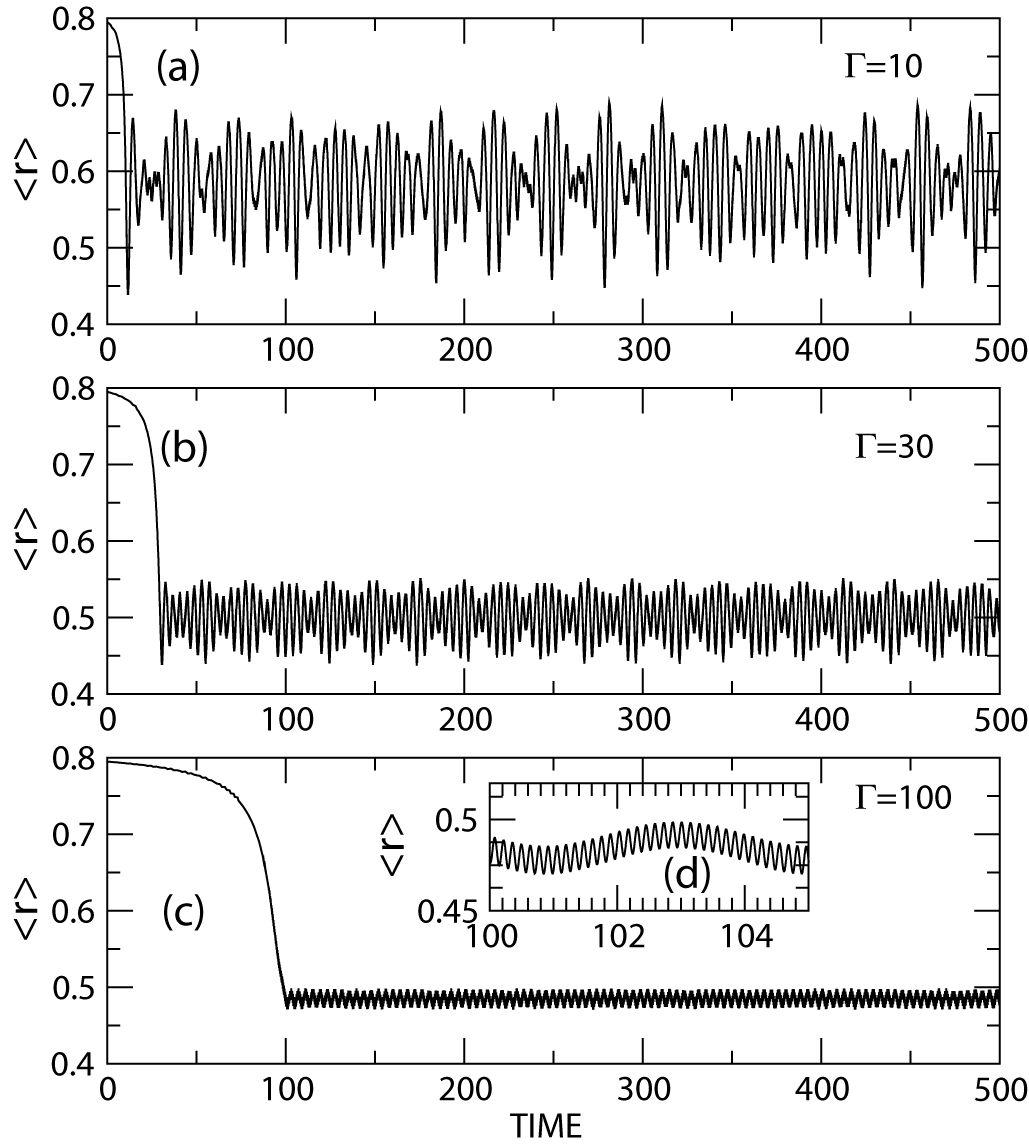Many body effects in atomic Bose-Einstein Condensates

The successful generation of trapped atomic Bose-Einstein condensates (BECs) in laboratories using laser cooling has opened up a new realm of AMO science. After ten years, challenging new phenomena continue to be widely explored and regularly reported. My interest in this subject is in developing techniques for numerically analyzing the BEC properties as well as its applications towards the manipulation of macroscopic quantum systems.
Recent developments in experimental techniques made it possible to manipulate BECs, namely, split, transport, and merge two BECs etc., using electric wires that control the magnetic fields for guiding atoms (atom chip). Another remarkable feature of the atomic BEC is that both the strength and sign of interaction between atoms can be tuned by using an external magnetic field near a Feshbach resonance. This opens up possibilities of creating and controlling the matter-wave soliton by modulation of the BEC's internal force without the presence of a trap potential (See Figure below). Theoretical predictions should play an important roll in developing methods to control BECs. This is an area which I plan to continue based on several numerical techniques that I have developed in solving the Gross-Pitaevskii equations (non linear Schro"dinger equation) as well as the hypershperical equations (approximation to the linear Schro"dinger equation) for these problems.

Time evolution of the mean radius of BEC by modulation of the internal force with the hyperspherical calculation. Different soliton excitation modes can be controlled by adjusting the ramp time to turn off the trapping potential, ƒ¡.



